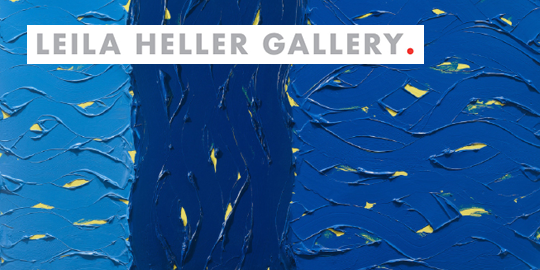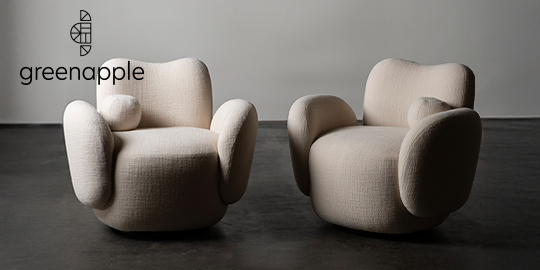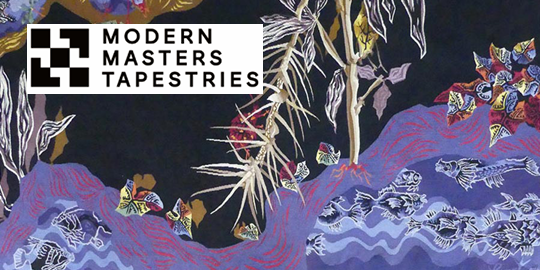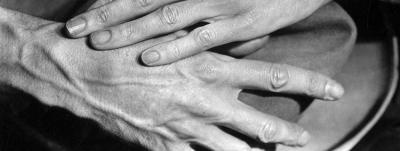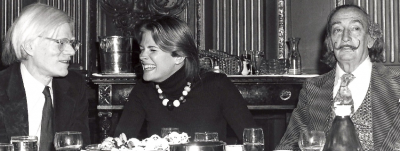Boccara Gallery Presents Rare Collection of Man Ray Revolving Door Tapestries
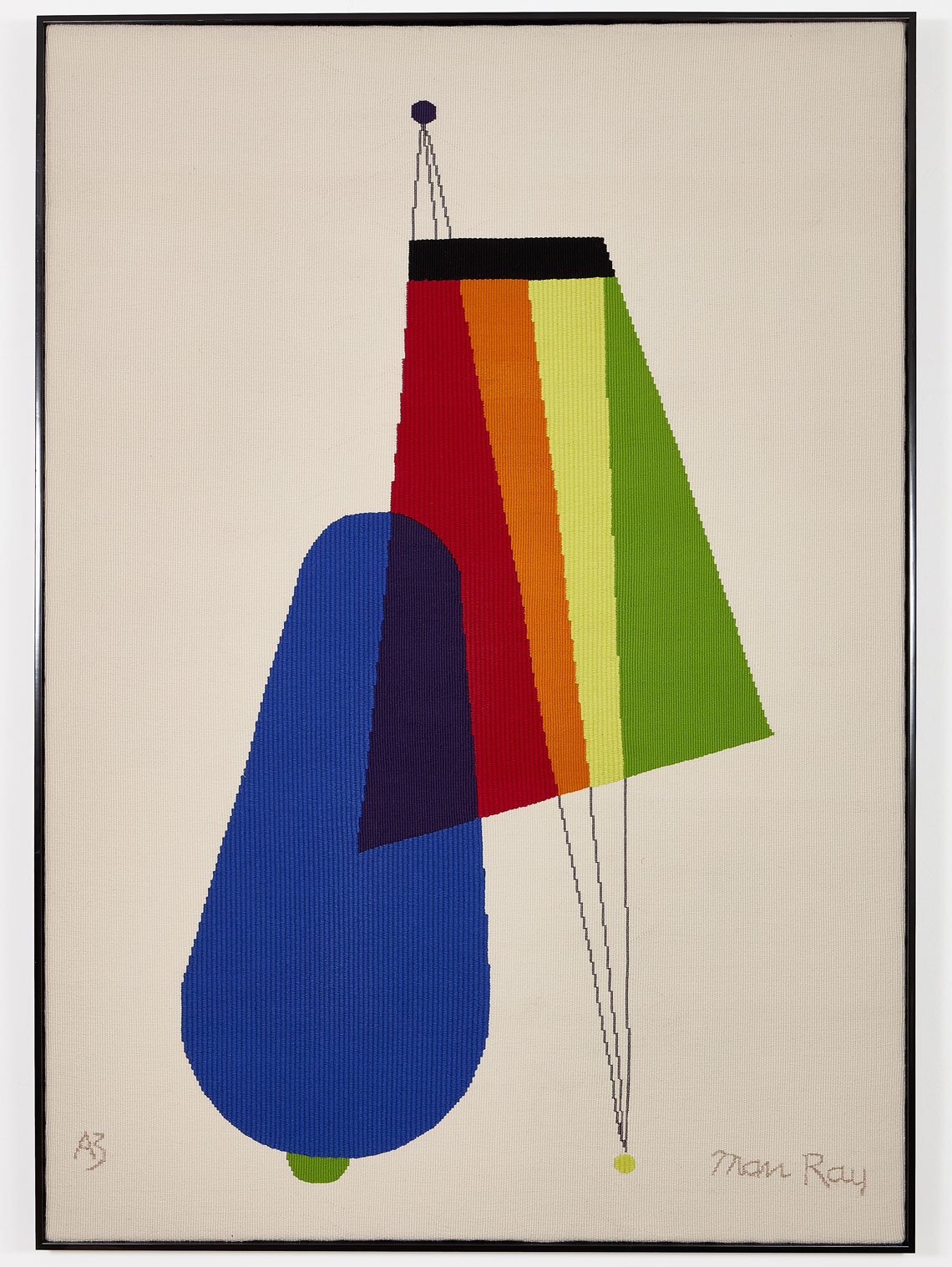 | 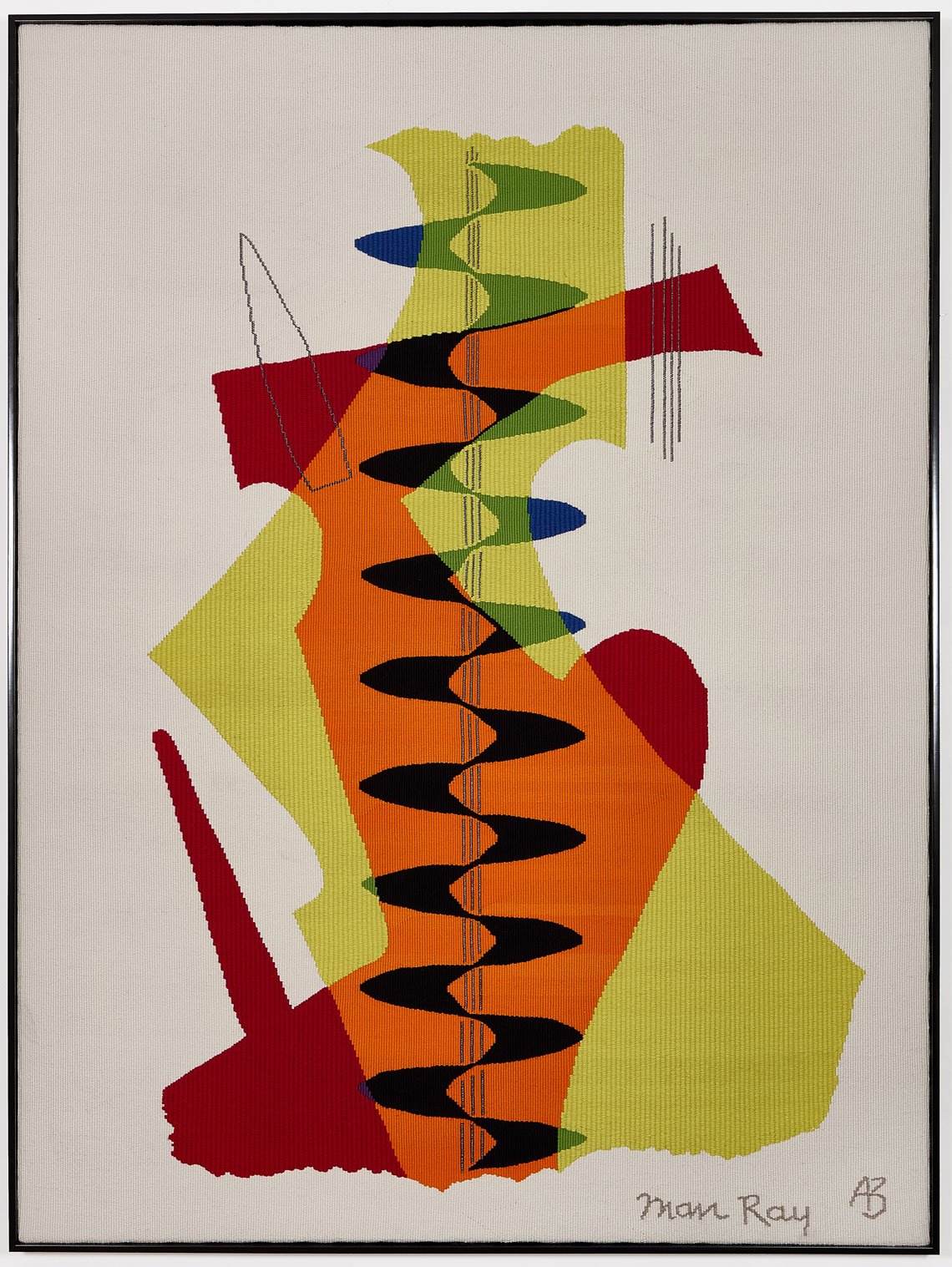 | |
Left: Man Ray, Long Distance, 1973, wool, 78.74 x 59 in., Right: Man Ray, The Meeting, 1973, wool, 78.74 x 59 in. Photos courtesy Boccara Gallery Inc. | ||
Boccara Gallery
Presents Rare Collection
of Man Ray Revolving
Door Tapestries
Man Ray: The Revolving Door Tapestries
November 5, 2025 – February 1, 2026
Boccara Gallery, 303 Fifth Avenue, Room 204, New York, NY
Boccara Gallery, a leading international gallery specializing in fine modern and antique tapestries, is hosting the first United States showing of the Revolving Door series, by Man Ray, to coincide with and complement the exhibition “Man Ray: When Objects Dream,” a retrospective of the artist on view through February at the Metropolitan Museum of Art in New York.
Boccara’s show focuses on a lesser-known but important aspect of the artist’s career — his tapestries, specifically the Revolving Door tapestry series, consisting of ten stunning, large, and vibrant works woven in 1973 by Atelier 3, a Parisian tapestry workshop. The complete set of ten tapestries in the series is on display, giving the exhibition great importance.
”With their bold geometric forms, vivid colors, and themes of ‘transition and transformation’, these pieces combine Surrealist abstraction with the depth and tactile richness of refined textile art,” says Didier Marien, the owner of Boccara Gallery and an expert in the field, with over 30 years of experience.
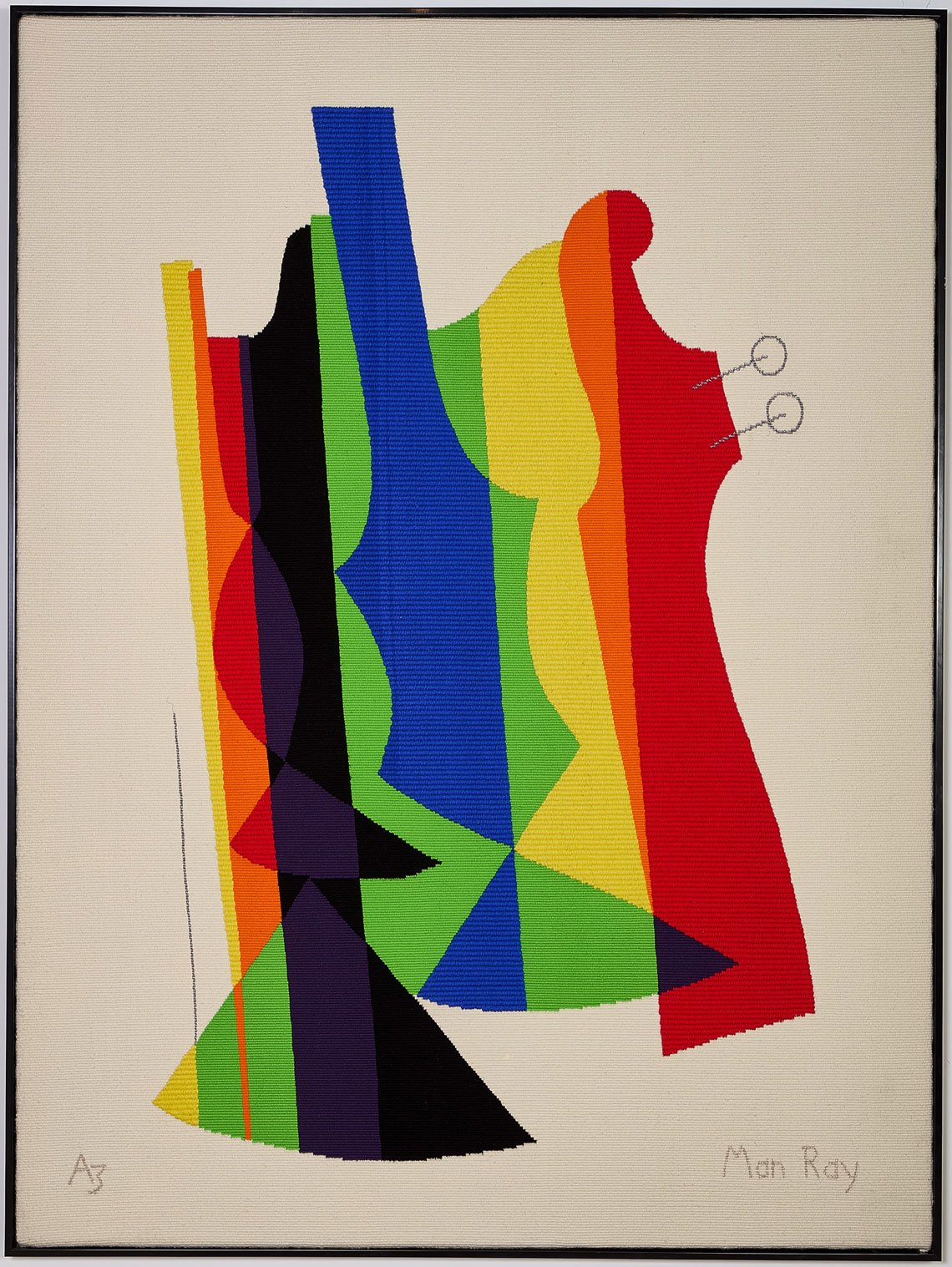 |  | |
Left: Man Ray, Orchestra, 1973, wool, 78.74 x 59 in. Right: Man Ray, Mime, 1973, wool, 78.74 x 59 in. Photos courtesy Boccara Gallery Inc. | ||
The Revolving Door tapestry series was based on a series of original collages created in 1916, which were first exhibited in 1919 at the Daniel Gallery in New York. The 1973 recreation of the early collages as wool tapestries, under Man Ray’s direction, has resulted in far more striking images that preserve the graphic clarity of the original designs while adding tactility and rich dimensionality characteristic of the tapestry medium.
“Today, no major public museum owns a complete set of these tapestries,” Marien explains. “They are held primarily in private collections, making this new exhibition of all ten pieces a rare opportunity for collectors, scholars, and the public to discover an essential, yet often overlooked, facet of Man Ray’s work.”
Born Emmanuel Radnitzky in Philadelphia in 1890, Man Ray was a pioneering figure in the New York Dada and Surrealist movements. He befriended Dada impresario Marcel Duchamp and collaborated with him on several artworks and publications before relocating to Paris in 1921. His work in photography is widely celebrated, especially his rayographs, but lesser known is his love of fabric, textiles, and clothing.
Fabric and tailoring had always been a part of Man Ray’s life. His Russian immigrant father worked in a garment factory and ran a tailoring business where his children also worked. Man Ray explored tapestry making as early as the 1920s, according to Marien, and later designed collections of women’s clothing for Parisian fashion houses. Even his photography and sculpture include references to weaving and tailoring; historians note that mannequins, flat irons, sewing machines, needles, pins, threads and swatches of fabric are recurring motifs in his work.
The Revolving Door tapestries are all abstract compositions that have their basis in Surrealist juxtapositions — combining incongruous shapes, colors, and forms to create images that challenge perception and eschew immediate interpretation. They are beautiful and strange at the same time; the intense color and scale draws you in while the ambiguity of what it is you are looking at invites seemingly endless contemplation.
 |
Discover More From Boccara Gallery on Incollect
 |


